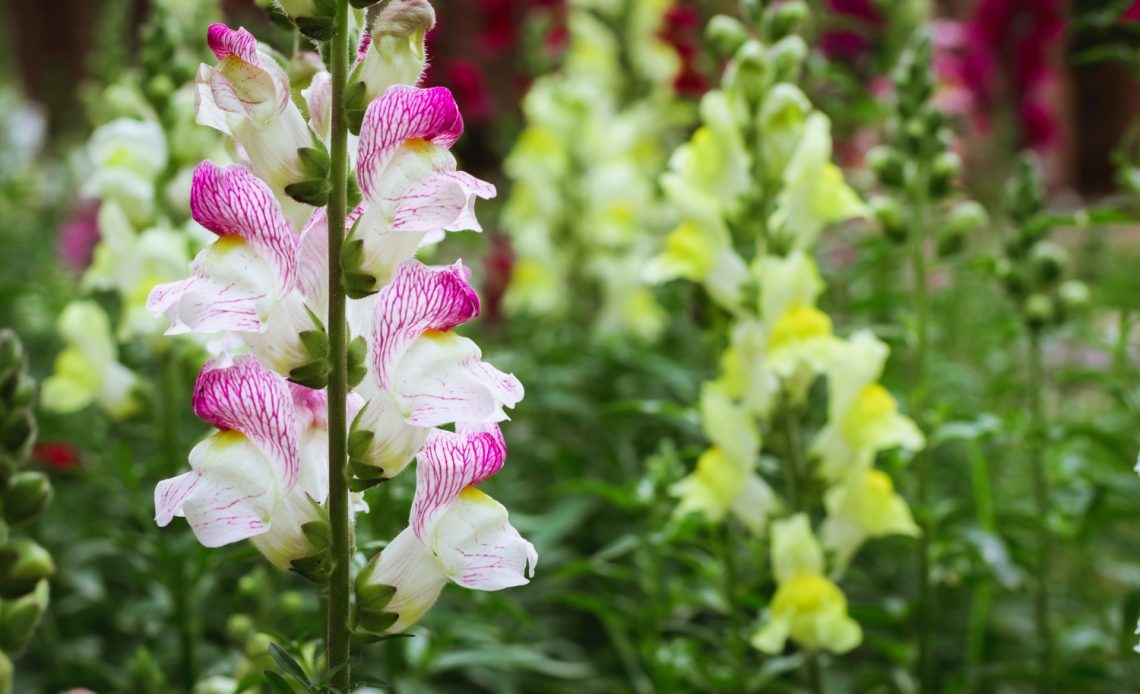

We’re here to help! Wild Yards is a completely free website that is 100% dedicated to helping you create a wildlife-friendly, sustainable yard. Read more
WildYards is reader-supported. When you buy a product through a link on our site, we may earn a comission. Every product is independently selected by our (obsessive) editors and our reviews are unbiased and objective. Read more about our mission or our privacy policy.
With their tall, bell-shaped blossoms and vivid array of colors, snapdragons are a welcome addition to cozy cottage-inspired landscapes.
These beautiful flowers can be used to attract hummingbirds and butterflies to your backyard space.
They’re also a fantastic companion for the gladioli, zinnias, dahlias, and other blooms growing in your cut flower garden.
Did you know that you can get your snapdragons to bloom even more simply by removing spent flower blossoms? The process is easy.
Here’s how to deadhead snapdragons in just 3 easy steps.
To deadhead your snapdragons, simply pinch faded flower heads just above the newest set of leaves. Shears can be used to produce cleaner cuts. Deadhead your snapdragons once a week or as often as needed.
Deadhead your snapdragons in 3 easy steps
If you’re feeling anxious at the prospect of deadheading your snapdragons, don’t sweat it — it’s not complicated!
But if you’ve never deadheaded your snapdragons before, you may be wondering where you should start.
It’s important to deadhead your snapdragons properly to avoid stressing the plant and to encourage them to produce more blooms.
Here’s how you can do it.
Step 1: Look for fading flowers
If you’re wondering how to deadhead snapdragons, start by examining the plants for fading blooms.
Snapdragon flowers can last for 7 to 14 days in ideal conditions.
But insufficient watering, overwatering, strong winds, hot and cold temperatures, and improper fertilization can cause snapdragon flowers to fade more quickly.
It’s normal for flowers to begin fading as they age. But if the flowers have retained most of their color, there’s no need to remove them just yet.
For best results, you should remove broken flower stalks as well as flowers that have begun to wilt and dry.
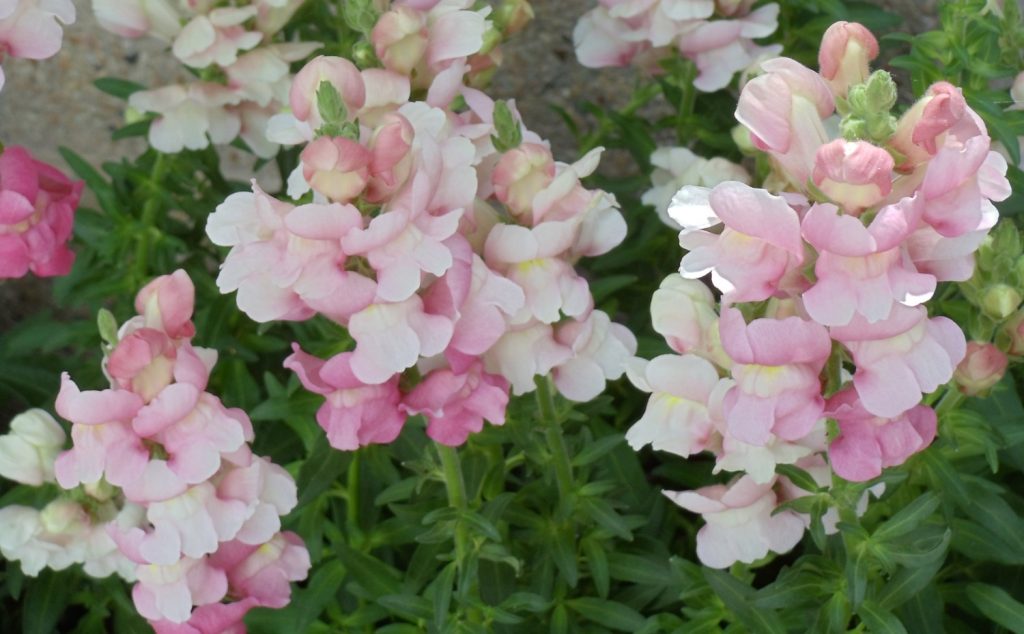
Step 2: Pinch or cut the dead flowers away
Once you’ve identified which blooms need to be removed, look beneath the flower to find where the stalk joins the base of the plant.
You’ll need to remove the flowers just above the first set of leaves or leaf nodes.
Use your fingers to pinch the flower away from the plant. Be careful not to damage the plant’s foliage or new growth points.
If you find the flowers are too difficult to deadhead by hand, you can use scissors or garden shears instead.
Use clean cuts to snip the spent flowers off of the stem.
Be sure to sterilize your shears and/or scissors with a bleach dilution after deadheading the plants to avoid spreading bacteria to the other flowers in your garden.
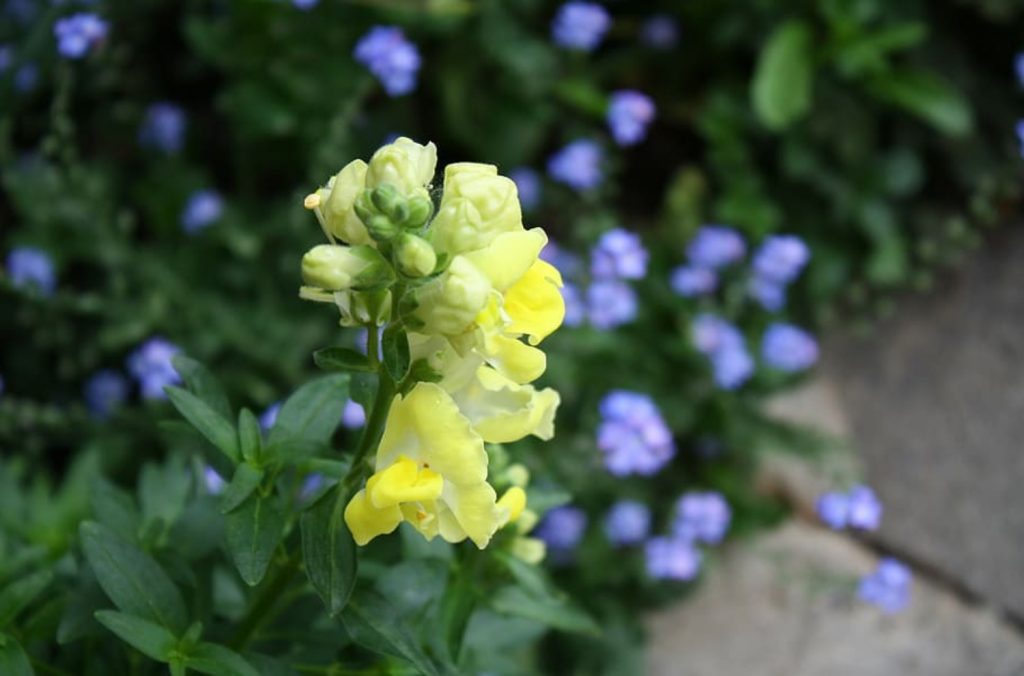
Step 3: Repeat the process weekly
Snapdragons are hardy from growing zones 7 through 10. Plants bloom from spring to fall, producing most prolifically when the weather is mild.
As the temperatures heat up in the summertime, you’ll find your snapdragons don’t produce as many flowers. This is normal and nothing to worry about.
You can encourage your snapdragons to continue flowering as much and as often as possible by deadheading them weekly.
Removing dead and dying flowers helps the plant conserve energy, which can then be used to produce new flower buds.
You can remove dead flowers anytime you notice them. But, again, avoid removing flowers that have just begun to fade.
Removing the flowers before they’re ready to be removed can stunt the plant’s flower production.
Gardening pro tip: When you’re done deadheading your snapdragons, work the faded blossoms into the surrounding soil to provide your plants with a small dose of nutrients as the flowers break down. You can also add the old blooms to your compost bucket if you prefer.
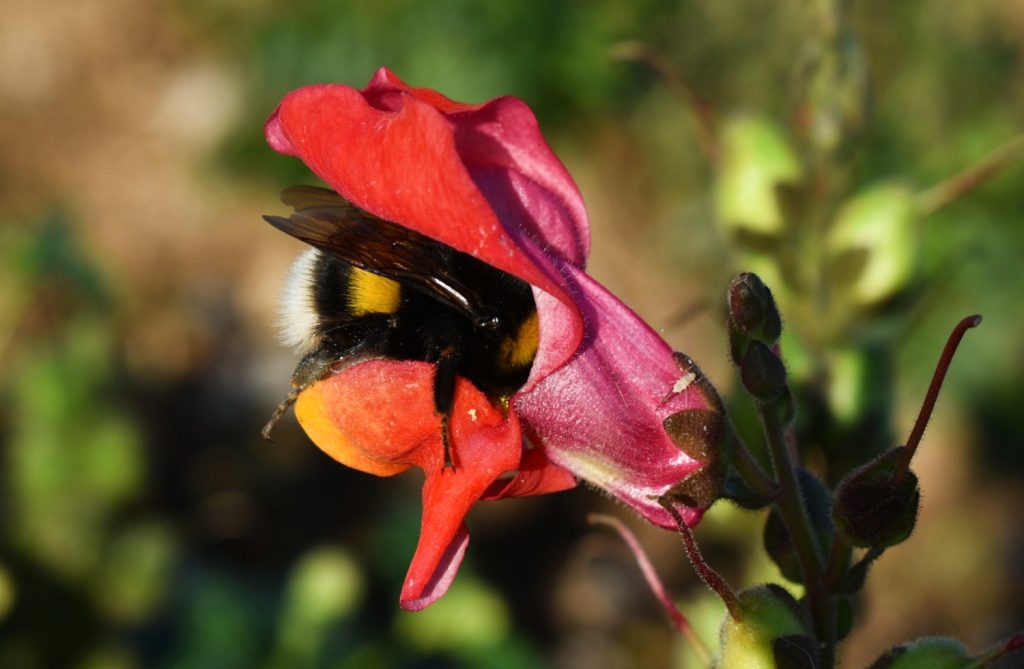
What are the benefits of deadheading snapdragons?
The most obvious benefit of deadheading your snapdragons is that it helps the plants produce more flowers, significantly prolonging the flowering period.
But deadheading has a few other advantages to offer that make it worth considering.
Here are a few more reasons why you should consider deadheading your snapdragons.
Creates a tidier appearance
When all of your plant’s growing requirements are being met, they’ll thrive regardless of whether or not you choose to prune them.
But flowering plants look much better when dead blossoms are removed regularly.
Eliminating dead and dying flowers allows healthy new ones to take center stage in your garden.
Did you know bumblebees prefer yellow snapdragons over white ones? Removing dying flowers makes it easier for bees to visit living ones.
And because decaying plant matter can be a breeding ground for pathogens, keeping these materials out of your flower beds can support the health of your garden.
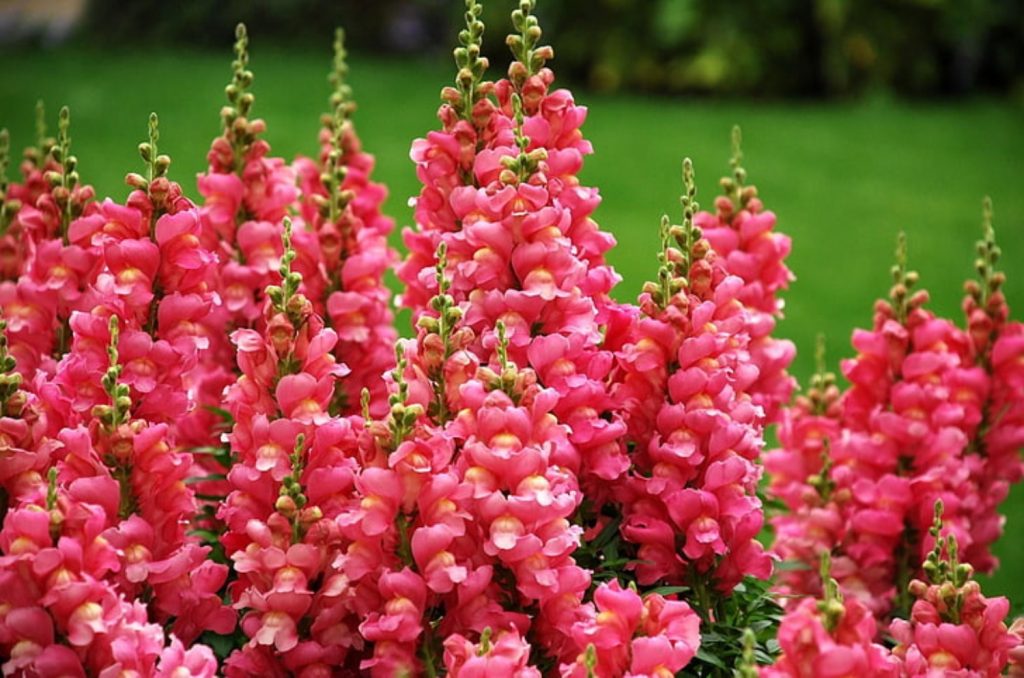
Improves air circulation
Regularly removing dying flowers makes it easier for air to reach all parts of the plant.
Snapdragons can grow very dense over the years, and excessive foliage can trap humidity.
Snipping away dying blossoms improves air circulation around the plant, clearing away moisture and reducing the risk of bacterial and fungal diseases.
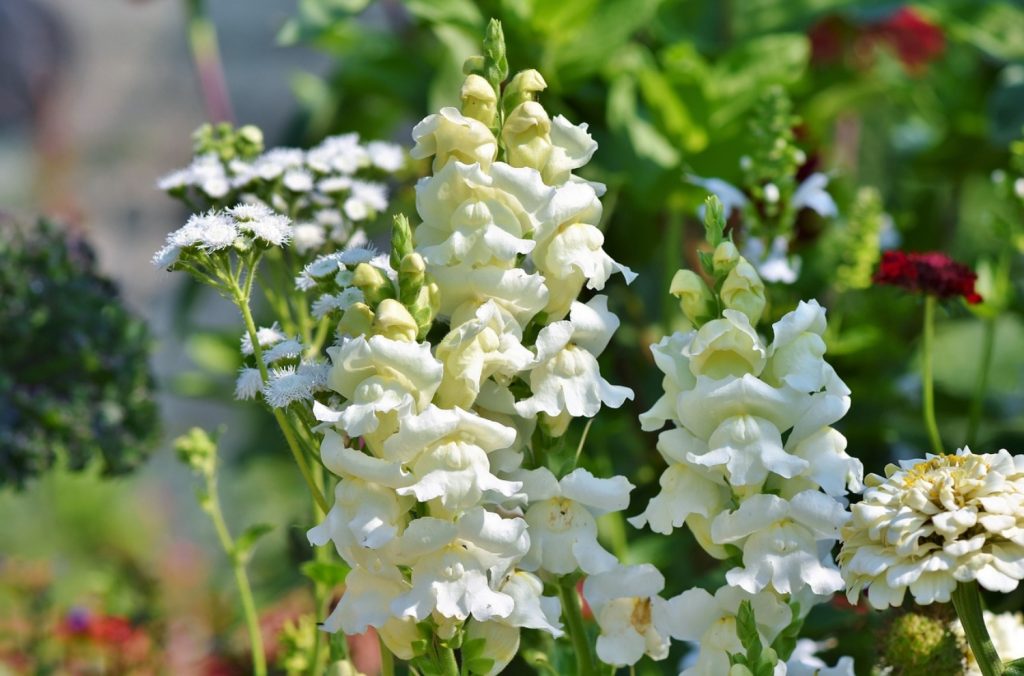
Controls self-seeding
Snapdragons are highly effective self-seeders. Plants can overtake flower beds in a matter of a few growing seasons if measures aren’t taken to keep them under control.
Fortunately, deadheading is a simple way to keep snapdragons in check.
Removing flower blossoms forces the plant to focus its energy on making new blooms, rather than on producing seeds.
Of course, if you want your snapdragons to propagate, then you’ll need to avoid deadheading all of the dying flowers to give the plants a chance to reproduce.
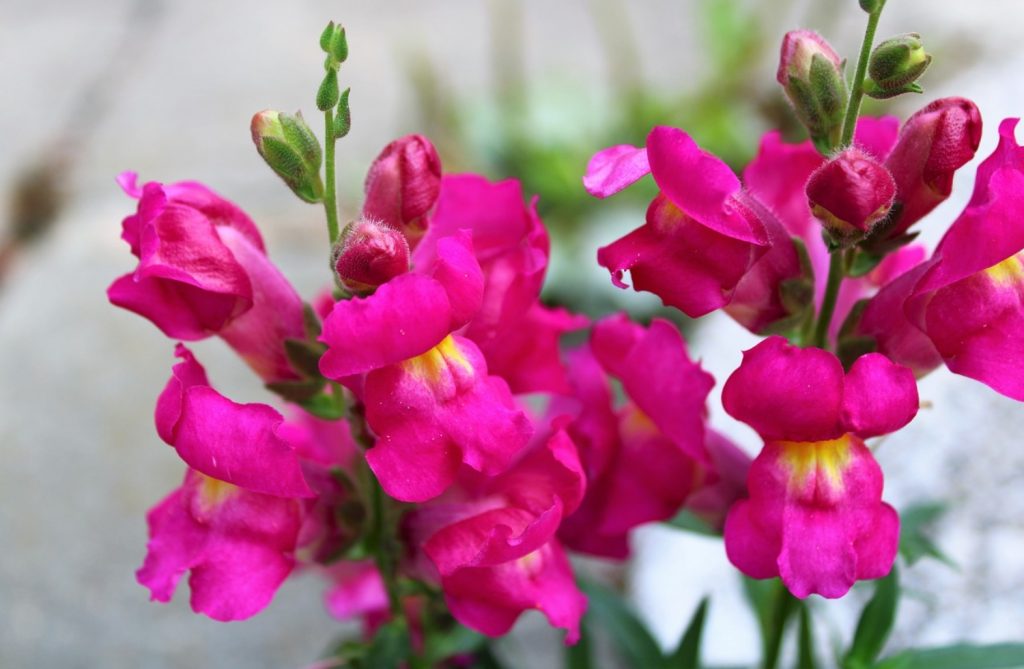
Encourages foliage production
Left unpruned, snapdragons have a tendency to become leggy.
Trimming dead flowers to just above the leaf nodes encourages the snapdragons to produce fuller foliage.
If you want your snapdragons to fill in your flower beds, deadheading them weekly will help the plants make more leaves.
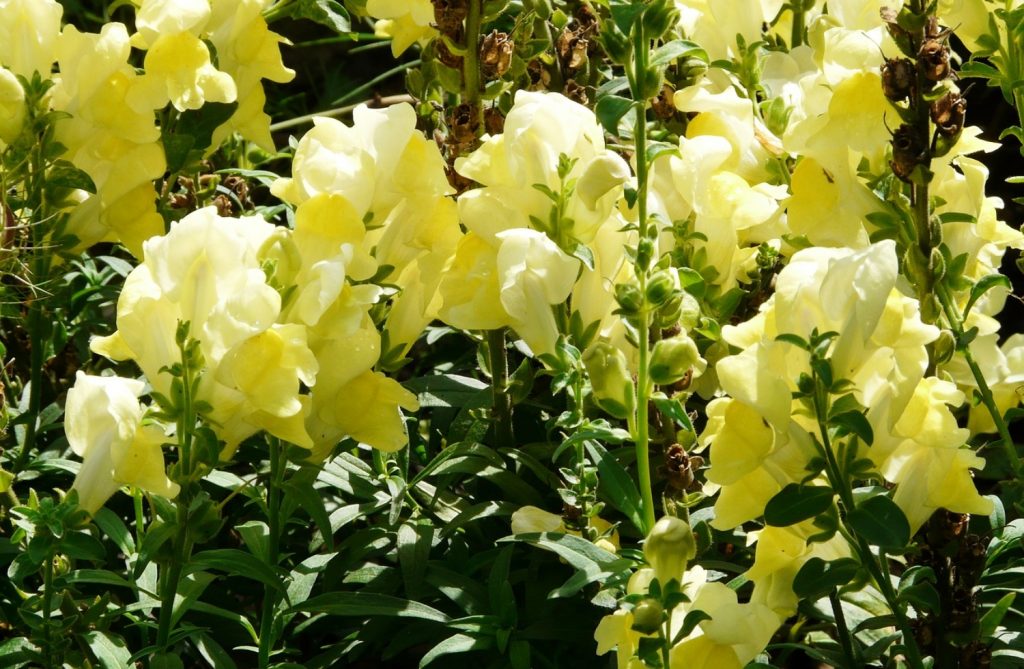
Should you cut back your snapdragons for winter?
Snapdragons are grown as annuals in cold climates. So there’s no need to prune them or prepare them for winter in these regions.
In warmer growing zones, snapdragons can be grown as short-lived perennials, but you’ll need to take a few precautionary measures to see them through the cold months.
As the plants begin to die back in late fall, trim away the foliage and stems leaving just 1” to 2” above the ground.
Trimming away the foliage allows plants to conserve energy over the winter, which can be put to use next spring to kickstart new growth.
Removing the dying foliage also prevents diseases from setting in.
Once the plants have been cut back, cover the area with an organic mulch to insulate the roots. A 3” to 4” layer of hay, straw, or cedar mulch will help keep the plants warm.
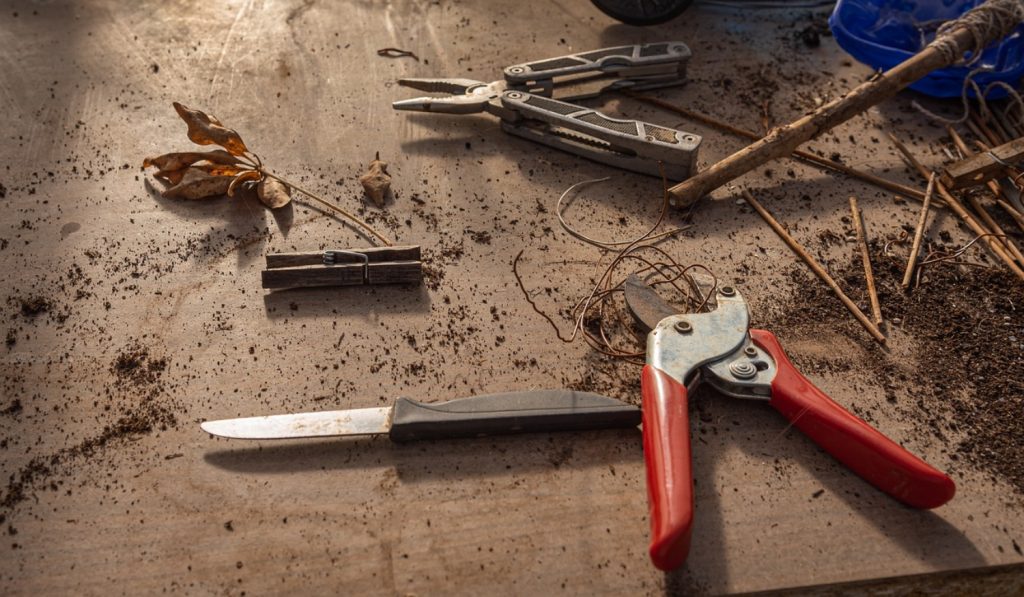
How to get your snapdragons to bloom more
Deadheading your snapdragons isn’t the only thing you can do to encourage the plants to bloom more.
Here are a few other tricks for getting your snapdragons to produce as many flowers as possible.
Make sure your snapdragons get enough sunlight
Snapdragons need a minimum of 6 hours of sunlight a day for optimal bloom production.
The cooler your growing zone, the more sunlight your snapdragons will need.
If you’re growing in a warmer climate, your snapdragons will do best when given some shade during the hottest part of the day.
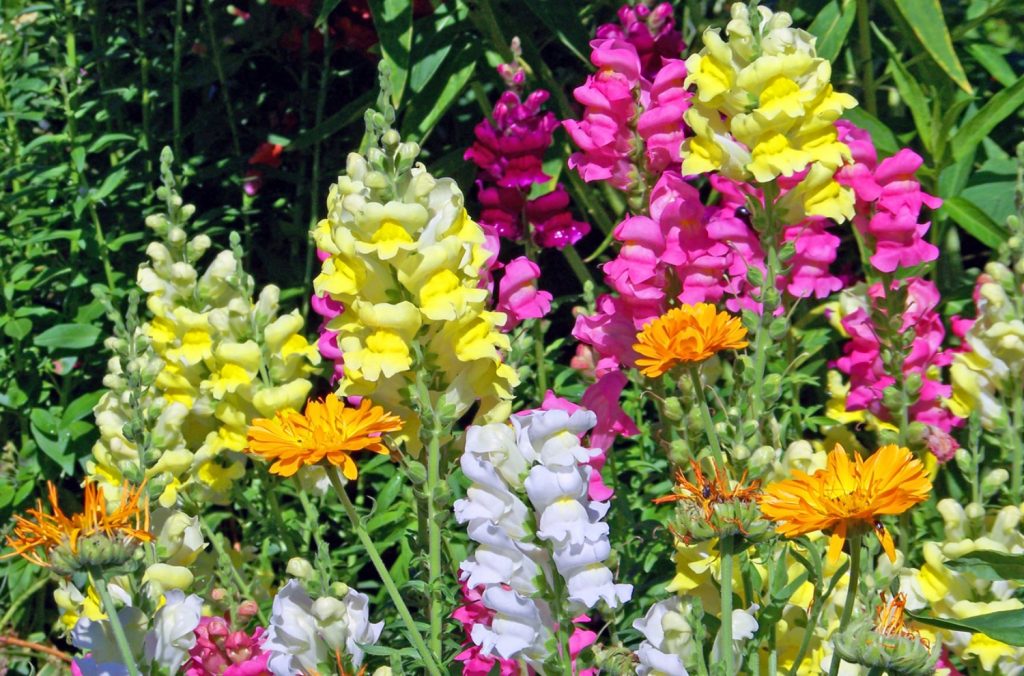
Water your snapdragons well
Snapdragons grow best when their soil can be kept uniformly moist.
Be sure to water your snapdragons regularly, checking the soil every other day by feeling 1” below the surface.
Soaker hoses come in handy when it comes to watering snapdragons. For best results, never let the soil dry out completely.
You can also apply a thick layer of mulch to help the plants stay hydrated in between waterings.
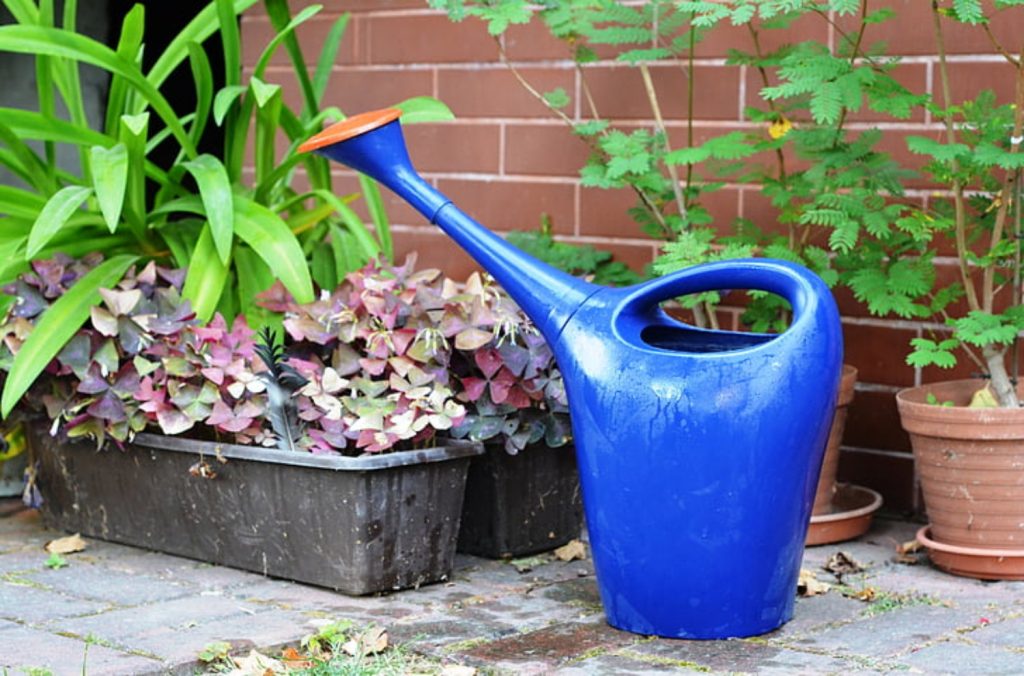
Amend your native soil to improve drainage
Although it’s important to ensure your snapdragons are hydrated, it’s equally important to avoid overwatering the plants.
Too much water will lead to root rot, which can kill your snapdragons altogether.
If your native soil tends to retain too much moisture, use organic materials like worm castings and manure, as well as a healthy measure of horticultural sand, to improve drainage.
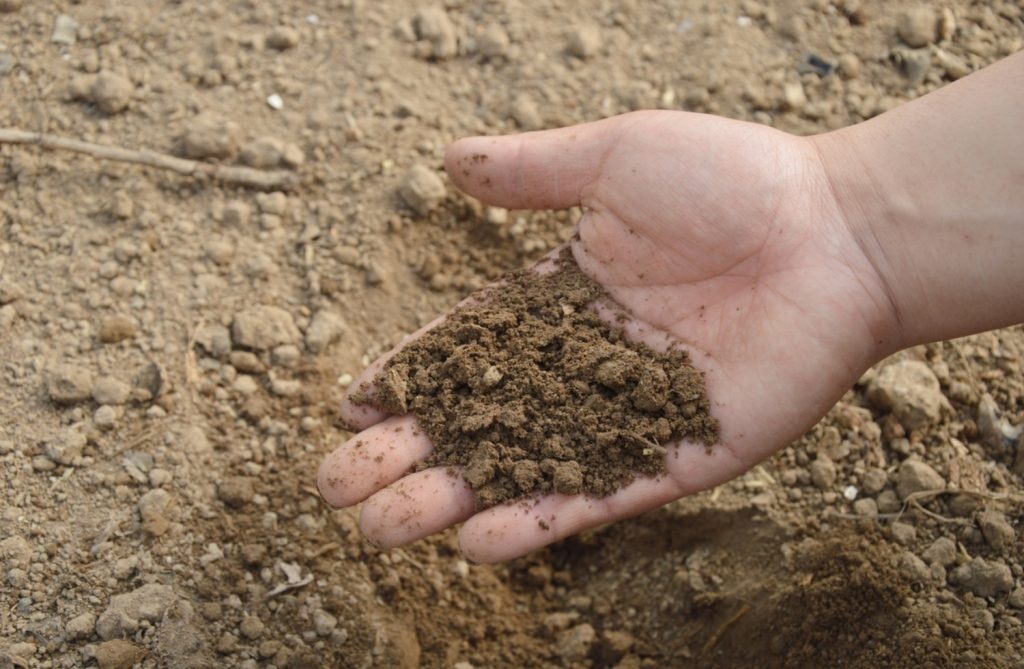
Fertilize your snapdragons annually
Snapdragons are heavy-feeders. They require adequate nutrition to bloom properly.
If your snapdragons aren’t blooming, and you’re confident that all of their other growing requirements are being met, then it’s time to test the soil.
Deficiencies in nitrogen, phosphorus, potassium, and trace minerals can stunt snapdragon growth and prevent them from blooming.
Be sure to feed your snapdragons a balanced, slow-release NPK fertilizer every 4 to 6 weeks during the growing season to encourage the plants to bloom as often as possible.
More tips for growing snapdragons
Unlike coneflowers and black-eyed Susans, which thrive when left almost entirely unattended, snapdragons need far more maintenance.
The key to growing gorgeous snapdragons is regular care.
You’ll need to be proactive about meeting all of your snapdragon’s needs, watering them weekly, adjusting the soil to suit their needs, and sticking to a strict fertilizing schedule.
Snapdragons can also call prey to insects, especially whiteflies, aphids, and thrips. Inspect the foliage regularly, and spray the plants down with a homemade insecticide at the first sign of infestation to keep pests away.
By paying attention to all the details and deadheading the plants regularly, you can ensure your snapdragons produce gorgeous and healthy blooms all season long.
